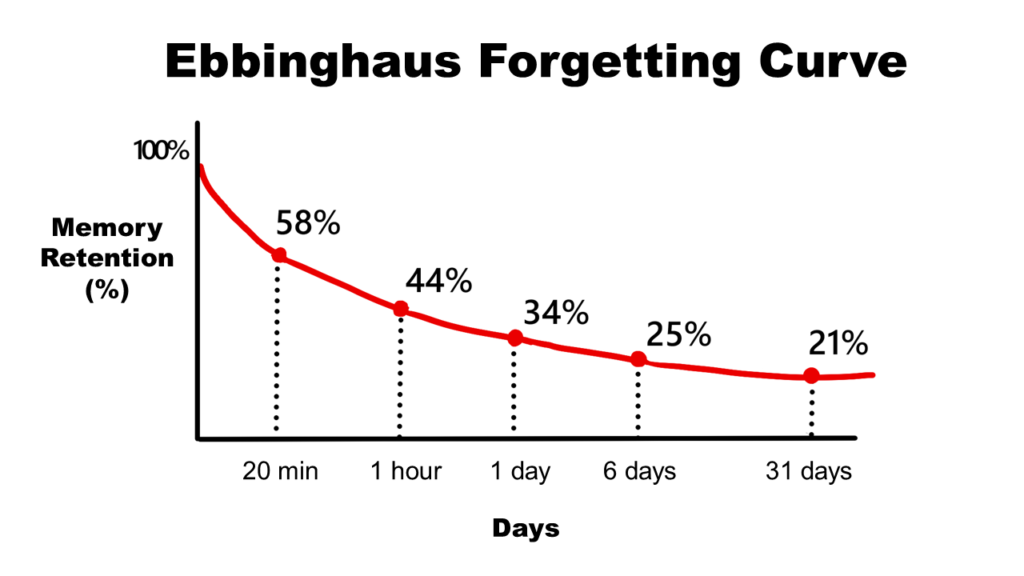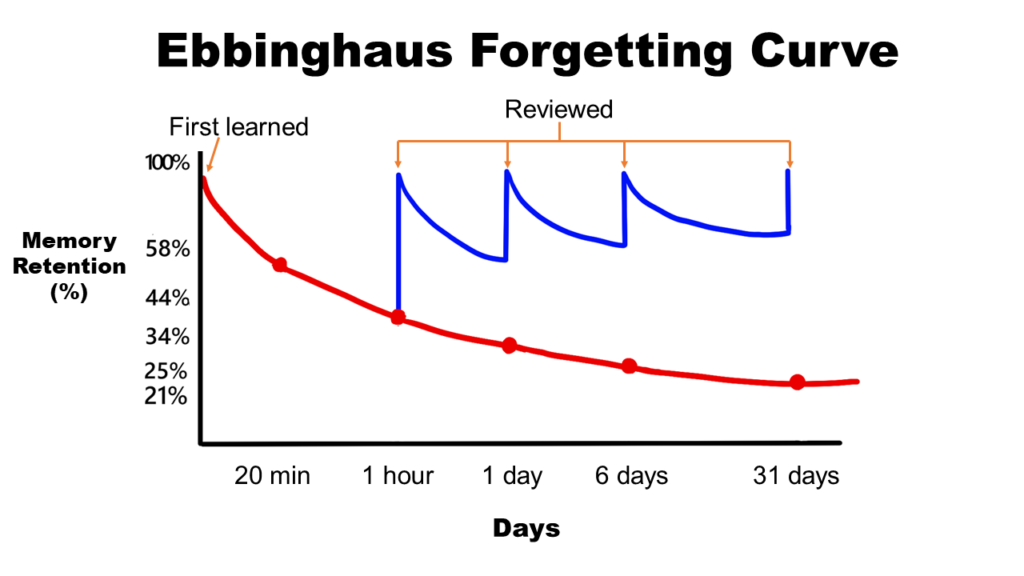Have you heard of a learning tool called Anki?
It’s a flashcard system that delivers the highest learning efficiency for memorization.
I used to be skeptical about studying with smartphones and similar devices, but Anki completely changed my perspective.
I’ve been using it for about a year, and I’ve even introduced it to my students at the cram school where I teach.
Since it can be a bit challenging to use at first, I’m teaching my students how to use it step by step.
While there are many simple quiz apps out there, I’m convinced that Anki is the best tool for studying.
What Makes Anki Special?
The biggest feature of Anki is its “spaced repetition” system.
This automatically calculates the intervals for review, preventing you from forgetting what you’ve learned.
Interestingly, the name “Anki” comes from the Japanese word for “memorization” (暗記, anki).
5 Reasons Why Learners Should Use Anki
- Enables Effective Repetition
Repetition is essential when trying to memorize something.
When I was a child, I used to draw a line down the middle of a notebook, write questions on the left side, answers on the right, and cover the answers with a sheet while studying.
With Anki, the frequency of review is managed based on the forgetting curve.
Below is a diagram of the Ebbinghaus forgetting curve, showing how quickly we forget things if we don’t review them:

Here’s a graph of how much information you retain when reviewing at optimal intervals. This interval management is the greatest advantage of Anki.

- High Customizability
While you can download pre-made flashcards (called shared decks), I believe Anki is most effective when you create your own flashcards.
The most efficient way to study is to focus on what you don’t know, and by creating flashcards tailored to your learning needs, you can achieve maximum results in minimal time.
- Encourages Consistency
With Anki, cards you get wrong will reappear the next day, and even cards you get right will show up again after an appropriate interval.
Skipping a day means more review cards the following day, which motivates you to study daily.
- Synchronization Across Devices
You can study anytime, anywhere—whether at home or on the go.
You can also dedicate focused time to studying when you have it.
By syncing your devices, your study logs are fully recorded.
I’ve installed Anki on my home PC, smartphone, and work computer, making it easy to continue studying wherever I am.
All you need to do is create an account to enable syncing.
- Incorporates Images and Audio
You can embed audio along with foreign language vocabulary or add images of artwork you want to memorize.
The audio supports various languages, including English, French, German, and Chinese.
With a little creativity, you can make highly effective custom flashcards.
Why I Recommend Anki
For all these reasons, I find Anki to be incredibly effective for learning.
As an English teacher, I continue to learn English myself and use Anki every day.
I’ve also created decks for situational conversations to improve my communication skills.
Using Anki has been so beneficial that I can confidently recommend it to others.
While simple study apps are easy to get started with, they often lack the consistency and repetition necessary for effective learning.
On the other hand, Anki’s initial difficulty might discourage some people from starting, which I think is a missed opportunity.
Anki’s benefits grow over time with consistent use.
Stay tuned for an upcoming blog post on how to get started with Anki. Don’t miss it!

Pingback: How I Use the Anki App for Effective Learning - japanhubs.com